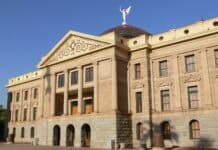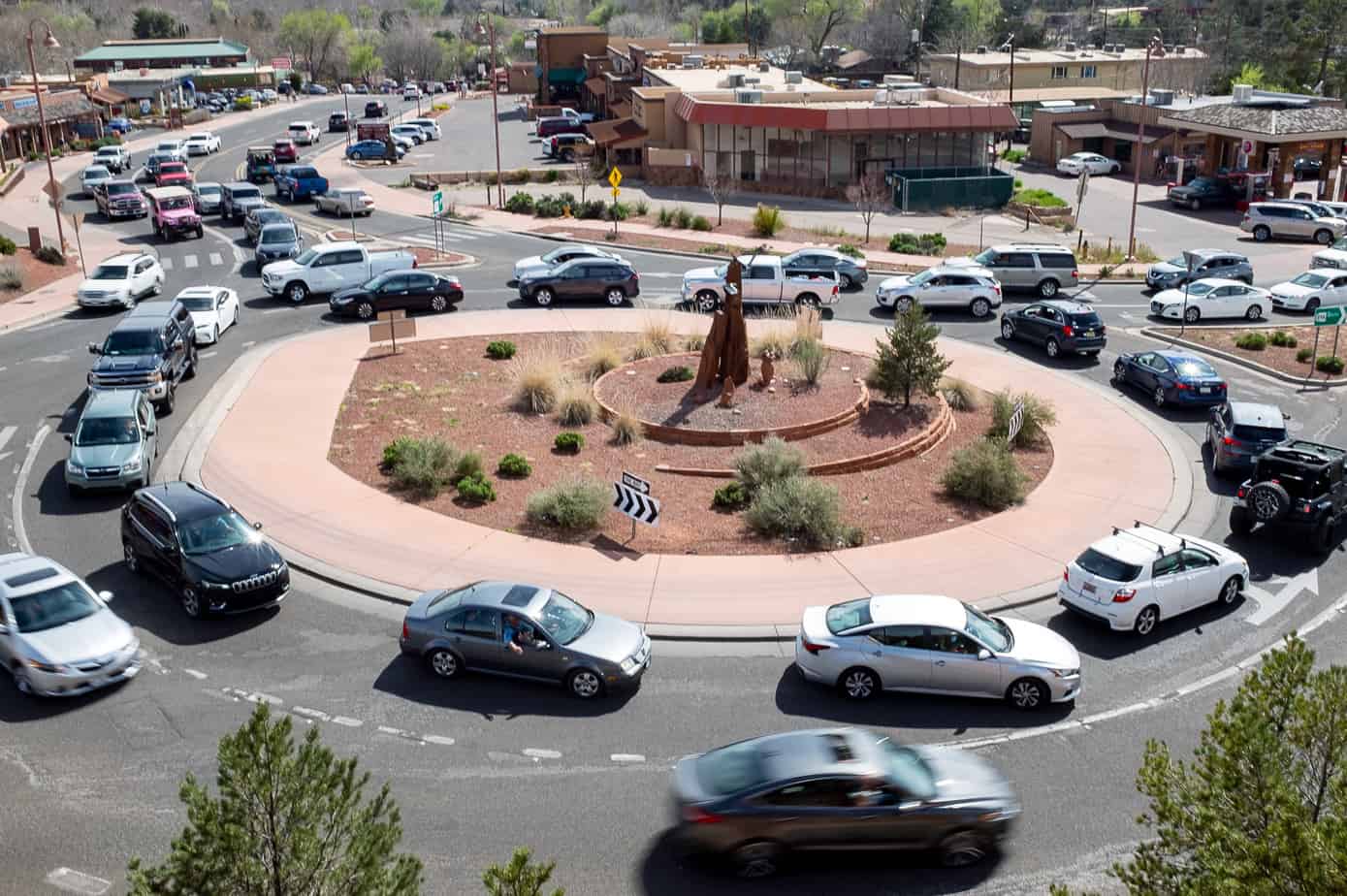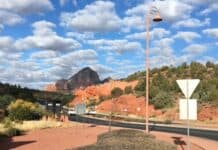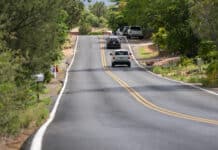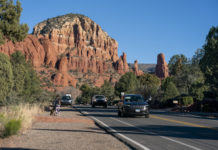Talk about sticker shock.
As part of its ongoing Sedona in Motion transportation program, the city of Sedona is looking seriously into transit options to help get people off the roadways, especially during the busiest times of the year. But it comes with a price.
During an update on April 10, the Sedona City Council was told that if everything was to come to fruition, the cost of the full transit plan would be around $47 million, which does not include annual operating costs of $6.7 million. While the city anticipates this price tag to be offset by county, state and federal funding, as well as user fees, Sedona would still have to pay its fair share.
“While the $47 million figure is significant, that is for all four phases, anticipated to be implemented incrementally over many years,” Assistant City Manager Karen Osburn said following the meeting. “It also represents a gross cost, which does not consider federal transit grant contributions or financial partnerships with other jurisdictions that would be served by, and contributing to, this system. We do not anticipate the entire capital or operational costs would be solely borne by the city of Sedona.”
No action was taken by council at the meeting. It was for information and direction only, based upon the preliminary recommendations.
After the Transportation Master Plan identified transit as a major strategy to pursue and as part of the SIM effort, the city hired LSC Transportation Consultants to develop an implementation plan of a greater Sedona and Oak Creek Canyon transit system for both residents and visitors.
Thus far, a transit needs assessment has been completed. This has included extensive public input through focus groups, individual interviews, public meetings, resident, business and visitor surveys and visitor intercepts. A range of service options has been developed and narrowed, as well.
These service options are what the city seeks public input on and the options include preliminary analyses of who might use the
transit system, what incentives/disincentives would be required to promote ridership, key origins and destinations, frequency of service and estimated costs.
Once staff receives input from residents and city council, the next steps include finalizing a recommended service plan, identifying possible funding options and governance structure, developing a draft implementation plan that will identify fare options, capital needs and operational requirements and developing a marketing plan.
The report broke the project down into four phases, with additional routes added to each. The first phase carries the biggest cost with the purchase of 12 heavy-duty electric buses at $9.5 million, as well as the construction of a maintenance and operations facility, which will be required to store vehicles and perform vehicle maintenance. That cost is estimated at $15 million.
Subsequent phases would be less but would tally another $20 million, the bulk of that — $9 million — coming through the purchase of 12 additional vehicles for the Slide Rock Route and another $8.2 million for a pair of intercept parking lots in the Village of Oak Creek.
“We did extensive outreach for this project because we really wanted to ensure what we were recommending was what the community, the businesses and visitors could really embrace,” consultant Selena Barlow told council.
“We began with our advisory group, which included all the key players. Then, we began talking with stakeholders outside of that group like specific people from the business community, neighborhood associations, Traffic Matters group and recreationists, all of whom had different points of view.”
The core service will reduce parking demand in Uptown and the amount of traffic, particularly through the Y, LSC’s report states. Parking demand in Uptown could be reduced by as much as 250 cars and traffic through the Y could be reduced by up to 500 cars a day during peak periods. Estimated changes in traffic flow will be analyzed using the city’ s traffic demand model.
“A local transit system will enhance the visitor experience,” the report states. “Input from visitor surveys and interviews indicates a strong likelihood of using a local transit service in the Sedona area. While parking is often available in Uptown, the feedback from visitors has been that finding parking is difficult and traffic congestion is a major issue.
“The transit service will help people get to destinations throughout the community without dealing directly with the traffic or worrying about where to park. Many visitors to the Sedona area are familiar with other tourist destinations such as Mammoth Lakes, Park City, Durango and Steamboat Springs that have local transit service and have wondered why Sedona does not have something similar.”
The city says another benefit for visitors would be the ability to visit Sedona without a car. The vast majority of visitors arrive by private automobile, although shuttle service is available from Phoenix. With local transit service, the shuttle service from Phoenix could be promoted with the information that you can visit Sedona without a car. This could help reduce the number of people coming to Sedona with cars, helping to alleviate the traffic congestion and parking demand, it states.
“While transit is not a single solution for traffic, it does have the potential to reduce traffic in key locations on peak days,” Barlow said. “As we add each phase the impacts on traffic will be greater. We feel it’s important to look at all of the benefits that the plan provides.”
Ron Eland can be reached at 282-7795, ext. 122 or by email at reland@larsonnewspapers.com



